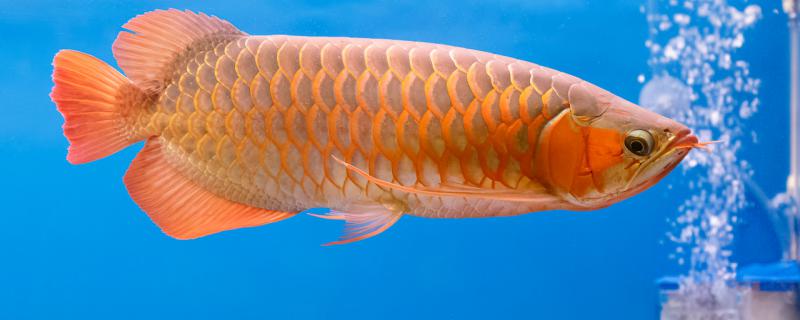
from hypoxia? If fish lack oxygen, it usually takes a few minutes or even hours to recover. The reason why there is such a big difference is that there are different degrees of hypoxia, hypoxia time is relatively short, the situation is not serious, timely oxygenation after discovery, fish can also recover quickly. If the lack of oxygen is so severe that the fish has a tendency to float or even turn over its stomach, it will take several hours for the fish to recover.
? 1. Arowana: Arowana is a common large ornamental fish. It is very large and has a high demand for oxygen, so it needs to be oxygenated to ensure its survival. This kind of fish is ferocious by nature. It belongs to carnivorous fish. It mainly eats fish, shrimp, insects and so on. If it is raised artificially, it should provide some light, so that it can grow more beautiful.
2. Map fish: Map fish is native to South America. It is mainly used as food fish and ornamental fish. It is relatively large in size, so it has a high demand for oxygen and needs to be oxygenated to feed. As a tropical fish, it has certain requirements for temperature, usually between 28-30 C. Because of its ferocious nature, it can not be mixed with small fish.
3. Siraitia grosvenorii: Siraitia grosvenorii is not a natural species, but an ornamental fish bred through breeding. Its head is raised, its color is bright, and it looks very beautiful. Raising it is relatively easy, the water temperature is kept at about 28 degrees Celsius, usually mainly feeding some natural feed, such as shrimp, fish, blood worms, tubificidae and so on, and changing water every three or five days.